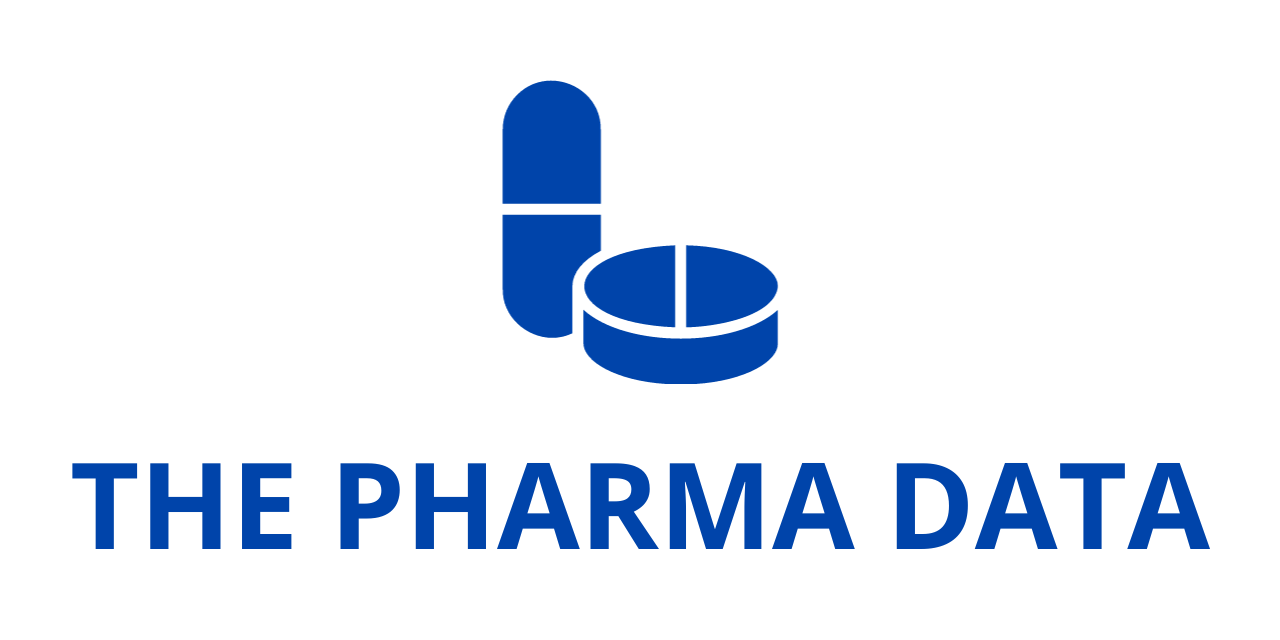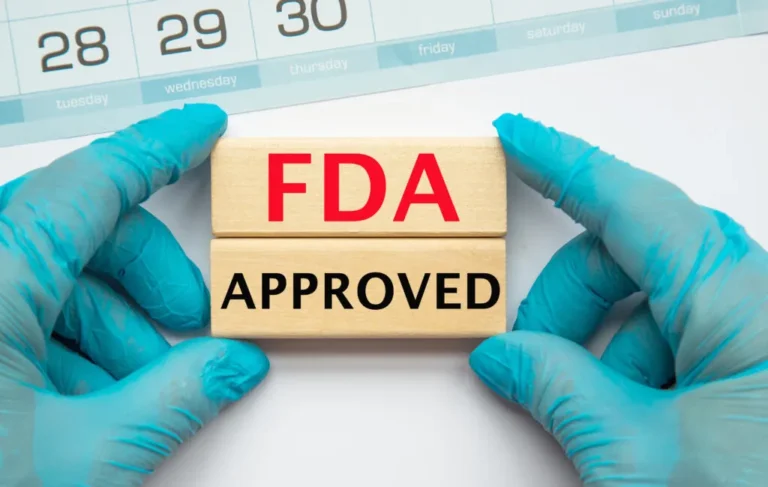
Lilly announced today positive topline results from the SUMMIT phase 3 clinical trial evaluating the safety and efficacy of tirzepatide injection (5 mg, 10 mg, or 15 mg) in adults with heart failure with preserved ejection fraction (HFpEF) and obesity. Tirzepatide demonstrated statistically significant improvements in both primary endpoints, reducing the risk of heart failure outcomes and improving heart failure symptoms and physical limitations as measured by the Kansas City Cardiomyopathy Questionnaire (KCCQ) Clinical Summary Score (CSS) compared with placebo.
All key secondary endpoints were also met, including improved exercise capacity as measured by the 6-Minute Walk-Test Distance (6MWD), reduction in the inflammation marker high-sensitivity C-reactive protein (hsCRP), and mean body weight reduction from baseline at 52 weeks. For the efficacy estimand, tirzepatide led to a 15.7% body weight reduction compared to 2.2% for placebo. For the treatment-regimen estimand, tirzepatide led to a 13.9% body weight reduction compared to 2.2% for placebo.
“HFpEF accounts for nearly half of all heart failure cases, and in the U.S. almost 60% of those impacted also live with obesity. Despite the increasing number of people with both HFpEF and obesity, treatment options remain limited,” said Jeff Emmick, MD, PhD, senior vice president, product development, Lilly. “Previous incretin studies in this population focused on symptoms and physical limitations. In a first-of-its-kind trial, tirzepatide reduced symptom severity and improved heart failure outcomes in people with HFpEF and obesity.”
Topline Primary Endpoint Results
- Relative risk reduction of time-to-first occurrence of heart failure outcomes (median follow-up of 104 weeks): -38%, Hazard Ratio=0.62, 95% CI 0.41 to 0.95; P=0.026
- Improvements in heart failure symptoms and physical limitations from baseline as measured by the mean change from baseline of KCCQ-CSS:
- Tirzepatide MTD: 24.8 points
- Placebo: 15.0 points
HFpEF is a condition where the heart’s left pumping chamber becomes stiff and unable to fill properly, associated with significant symptoms and physical limitations affecting daily life, including fatigue, shortness of breath, reduced ability to exercise, and swelling of extremities.
The overall safety profile of tirzepatide in the SUMMIT trial was consistent with previously reported tirzepatide studies, including SURMOUNT and SURPASS. The most frequently reported adverse events in SUMMIT were primarily gastrointestinal in nature and generally mild to moderate in severity. The most common adverse events for patients treated with tirzepatide were diarrhea, nausea, constipation, and vomiting.
Lilly will continue to evaluate the SUMMIT results, which will be presented at an upcoming medical meeting and submitted to a peer-reviewed journal. Lilly plans to submit the SUMMIT study results to the U.S. Food and Drug Administration (FDA) and other regulatory agencies later this year.
SUMMIT (NCT04847557) was a multi-center, randomized, double-blind, parallel, placebo-controlled phase 3 study comparing the efficacy and safety of tirzepatide to placebo in adults with HFpEF and obesity, with or without type 2 diabetes. The trial randomized 731 participants across the U.S., Argentina, Brazil, China, India, Israel, Mexico, Puerto Rico, Russia, and Taiwan in a 1:1 ratio to receive tirzepatide maximum tolerated dose (MTD) of 5 mg, 10 mg, or 15 mg, or placebo. The two primary objectives were to reduce the risk of the composite endpoint of time-to-first occurrence of urgent heart failure visit, heart failure hospitalization, oral diuretic intensification, and cardiovascular death to study completion (median follow-up of 104 weeks), and change in the KCCQ-CSS from baseline to week 52.
SUMMIT utilized MTD of 5 mg, 10 mg, or 15 mg once weekly. The starting dose of 2.5 mg tirzepatide was increased by 2.5 mg every four weeks until MTD was achieved. Participants who tolerated 15 mg continued on 15 mg as their MTD. Participants who tolerated 10 mg but not 15 mg continued on 10 mg as their MTD, and participants who tolerated 5 mg but not 10 mg continued on 5 mg as their MTD.
About Tirzepatide
Tirzepatide is a once-weekly GIP (glucose-dependent insulinotropic polypeptide) receptor and GLP-1 (glucagon-like peptide-1) receptor agonist. Tirzepatide activates the body’s receptors for GIP and GLP-1, which are natural incretin hormones. Both GIP and GLP-1 receptors are found in areas of the human brain important for appetite regulation. Tirzepatide has been shown to decrease food intake and modulate fat utilization. Studies of tirzepatide in chronic kidney disease (CKD) and morbidity/mortality in obesity (MMO) are also ongoing. Lilly submitted data for tirzepatide in moderate-to-severe obstructive sleep apnea (OSA) and obesity to the FDA and other global regulatory agencies earlier this year.
Tirzepatide was approved by the FDA as Mounjaro® for adults with type 2 diabetes to improve glycemic control on May 13, 2022, and as Zepbound® for adults with obesity (a BMI of 30 kg/m² or greater) or those who are overweight (a BMI of 27 kg/m² or greater) who also have a weight-related comorbid condition on November 8, 2023. Both Mounjaro and Zepbound should be used as an adjunct to diet and exercise.
Indication and Safety Summary with Warnings
Mounjaro® (mown-JAHR-OH) is an injectable medicine for adults with type 2 diabetes used along with diet and exercise to improve blood sugar (glucose).
It is not known if Mounjaro can be used in people who have had inflammation of the pancreas (pancreatitis). Mounjaro is not for use in people with type 1 diabetes. It is not known if Mounjaro is safe and effective for use in children under 18 years of age.
Warnings
Mounjaro may cause tumors in the thyroid, including thyroid cancer. Watch for possible symptoms, such as a lump or swelling in the neck, hoarseness, trouble swallowing, or shortness of breath. If you have any of these symptoms, tell your healthcare provider.
Do not use Mounjaro if you or any of your family have ever had a type of thyroid cancer called medullary thyroid carcinoma (MTC).
Do not use Mounjaro if you have Multiple Endocrine Neoplasia syndrome type 2 (MEN 2).
Do not use Mounjaro if you are allergic to it or any of the ingredients in Mounjaro.
Mounjaro may cause serious side effects, including:
- Inflammation of the pancreas (pancreatitis): Stop using Mounjaro and call your healthcare provider right away if you have severe pain in your stomach area (abdomen) that will not go away, with or without vomiting. You may feel the pain from your abdomen to your back.
- Low blood sugar (hypoglycemia): Your risk for low blood sugar may be higher if you use Mounjaro with another medicine that can cause low blood sugar, such as a sulfonylurea or insulin. Signs and symptoms include dizziness, light-headedness, sweating, confusion, drowsiness, headache, blurred vision, slurred speech, shakiness, fast heartbeat, anxiety, irritability, mood changes, hunger, weakness, and feeling jittery.
- Serious allergic reactions: Stop using Mounjaro and get medical help right away if you have any symptoms of a serious allergic reaction, including swelling of your face, lips, tongue, or throat, problems breathing or swallowing, severe rash or itching, fainting or feeling dizzy, and very rapid heartbeat.
- Kidney problems (kidney failure): Diarrhea, nausea, and vomiting may cause a loss of fluids (dehydration), worsening kidney problems. Drink fluids to reduce your chance of dehydration.
- Severe stomach problems: Report severe or persistent stomach problems to your healthcare provider.
- Changes in vision: Report vision changes during treatment to your healthcare provider.
- Gallbladder problems: Report symptoms of gallbladder problems, including pain in the upper stomach, fever, jaundice, and clay-colored stools, to your healthcare provider.
Common Side Effects
The most common side effects of Mounjaro include nausea, diarrhea, decreased appetite, vomiting, constipation, indigestion, and abdominal pain. These are not all the possible side effects. Consult your healthcare provider about any side effect that bothers you or does not go away.




